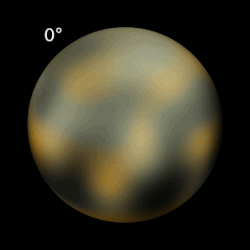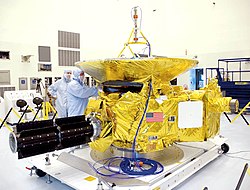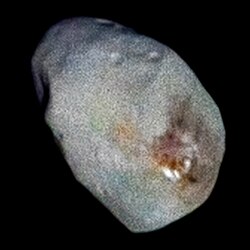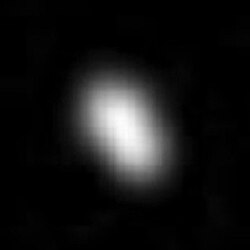PIA19948-NH-Pluto-Norgay-Hillary-Mountains-2050714
http://photojournal.jpl.nasa.gov/catalog/PIA19948
http://www.nasa.gov/feature/pluto-wows-in-spectacular-new-backlit-panorama
Just 15 minutes after its closest approach to Pluto on July 14, 2015, NASA's New Horizons spacecraft looked back toward the sun and captured this near-sunset view of the rugged, icy mountains and flat ice plains extending to Pluto's horizon. The smooth expanse of the informally named icy plain Sputnik Planum (right) is flanked to the west (left) by rugged mountains up to 11,000 feet (3,500 meters) high, including the informally named Norgay Montes in the foreground and Hillary Montes on the skyline. To the right, east of Sputnik, rougher terrain is cut by apparent glaciers. The backlighting highlights more than a dozen layers of haze in Pluto's tenuous but distended atmosphere. The image was taken from a distance of 11,000 miles (18,000 kilometers) to Pluto; the scene is 780 miles (1,250 kilometers) wide.
The Johns Hopkins University Applied Physics Laboratory in Laurel, Maryland, designed, built, and operates the New Horizons spacecraft, and manages the mission for NASA's Science Mission Directorate. The Southwest Research Institute, based in San Antonio, leads the science team, payload operations and encounter science planning. New Horizons is part of the New Frontiers Program managed by NASA's Marshall Space Flight Center in Huntsville, Alabama.Relevante Bilder
Relevante Artikel
PlutoPluto ist der größte und zweitmassivste bekannte Zwergplanet des Sonnensystems und das am längsten bekannte Objekt des Kuipergürtels. Er bewegt sich auf einer noch exzentrischeren Bahn um die Sonne als der Planet Merkur. Sein Volumen entspricht etwa einem Drittel des Erdmondes. .. weiterlesen



























